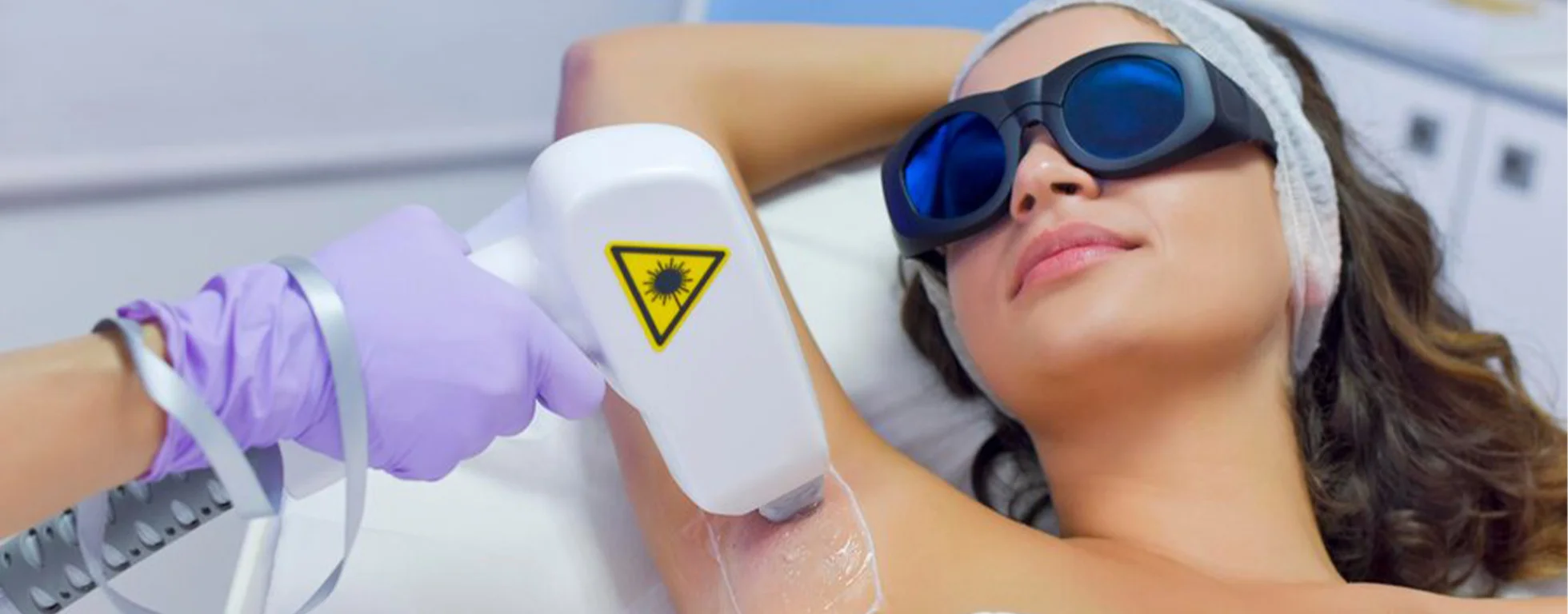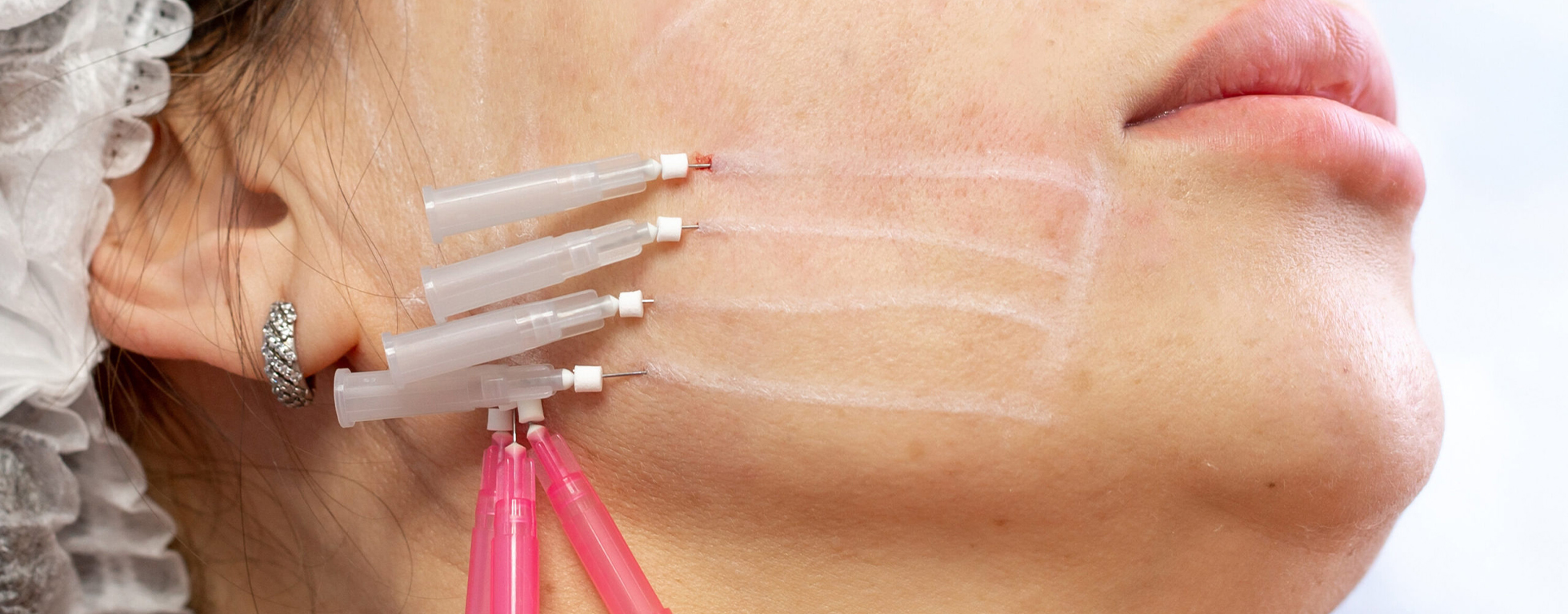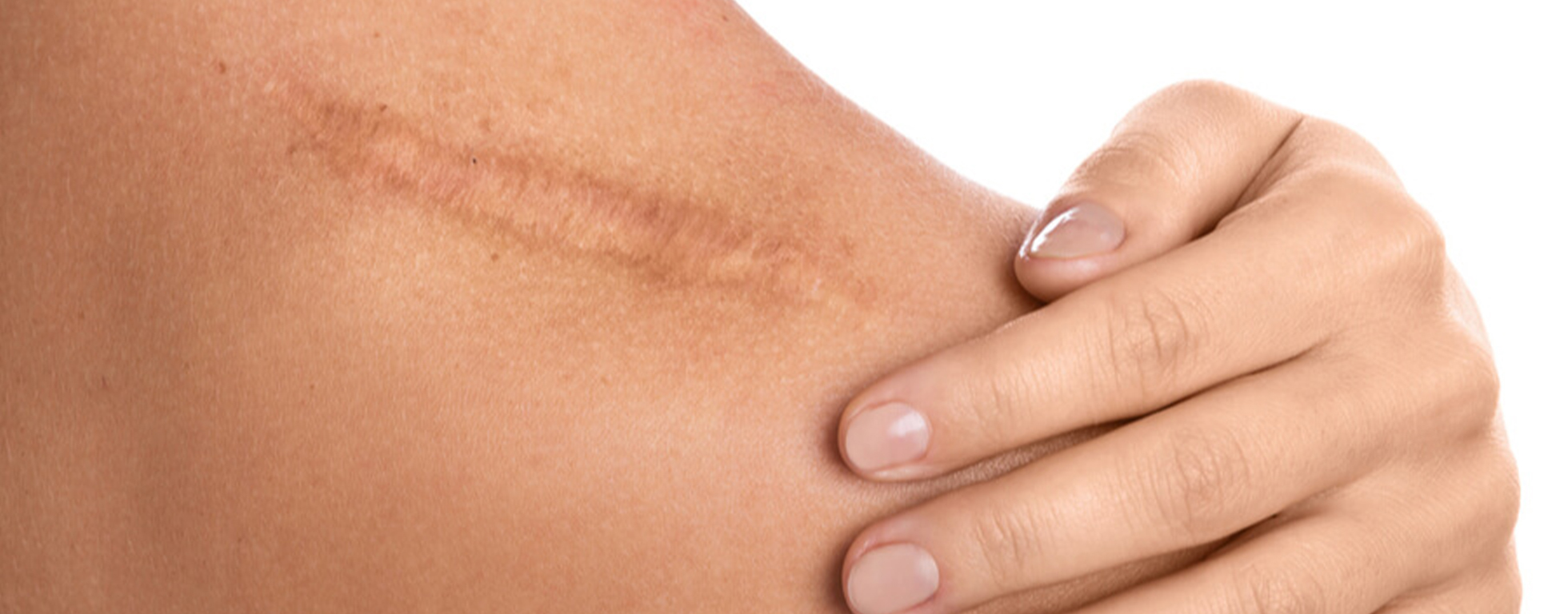In the world of modern aesthetic treatments, laser hair removal remains a cornerstone for the customer seeking a long-term solution to unwanted hair growth. Among the various technologies available, diode lasers stand as a leader due to their efficacy, safety profile, and versatility. Herein, we dive into the intricacies of diode laser technology in comparison with other prevalent methods, particularly Alexandrite, and shed light on why devices like the Alma Soprano Ice, powered by diode technology, stand out in the field.
Diode Laser Technology
Diode lasers work on the principle of selective photothermolysis, targeting melanin—the pigment responsible for hair color—within the hair follicles. This targeted approach ensures precise energy delivery to the hair follicle and minimal damage to surrounding tissues, making it suitable for various skin types, including darker skin tones. The wavelength of diode lasers typically lies between 800 to 810 nanometers, optimizing absorption by melanin while bypassing other chromophores in the skin.
Advantages of Diode Technology over Alexandrite
- Variety Diode lasers, such as the Alma Soprano Ice, are most versatile and apply to a wide variety of skin and hair. Alexandrite lasers have a tough time dealing with darker skin tones because of the absorption of that melanin. The diode laser can be applied to such hair and melanin in their follicle without causing much problems.
- Pain Reduction: Diode lasers are fitted with built-in cooling mechanisms that give them added comfortability during the treatment process. The Alma Soprano Ice, for example, has a unique cooling system built into it that continually cools the skin surface throughout the treatment. This eliminates much of the pain felt by the patient during the treatment process. The Alexandrite laser, on the other hand, is likely to give the patient more pain—particularly on sensitive areas.
- Speed and Efficiency: The spot size is generally larger in diode lasers, with longer repetition rates, that makes their application fast, especially in removing hairs. With the Alma Soprano Ice, a practitioner can achieve a good level of hair reduction in a relatively short amount of time, making it convenient for individuals with a busy lifestyle, who want to get efficient treatments. Alexandrite lasers are not so fast, given the generally smaller spot sizes and slower repetition rates.
- Less Likeness of Complications:Diode lasers are among the safest of all the available options, causing only minimal risks to the body. It will most likely contain minimal blistering, pigmentation changes, or scarring that many people are afraid about. The precision with which diode lasers utilize the melanin in these hair follicles, without scattering the laser beam to the surrounding tissue, limits the time this technology is likely to affect a patient.



